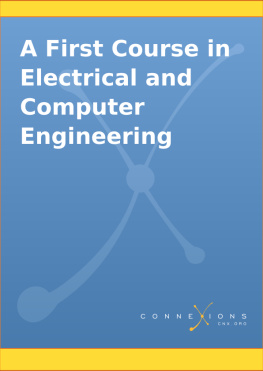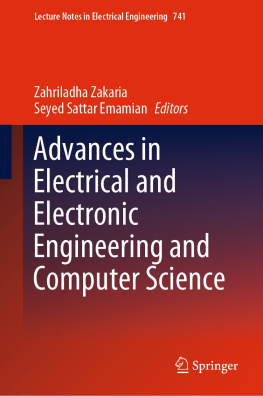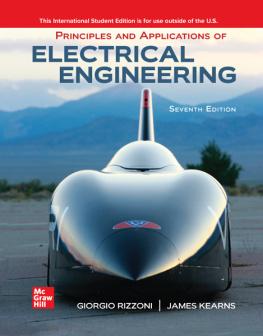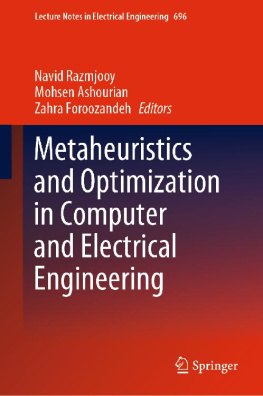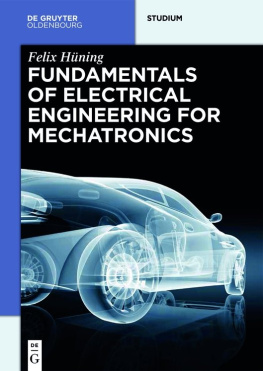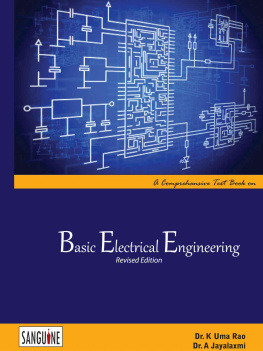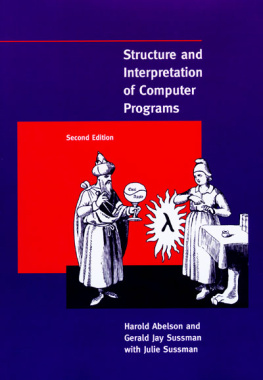Note
This module is part of the collection, A First Course in Electrical and Computer Engineering . The LaTeX source files for this collection were created using an optical character recognition technology, and because of this process there may be more errors than usual. Please contact us if you discover any errors.
This book was written for an experimental freshman course at the University of Colorado. The course is now an elective that the majority of our electrical and computer engineering students take in the second semester of their freshman year, just before their first circuits course. Our department decided to offer this course for several reasons:
we wanted to pique student' interest in engineering by acquainting themwith engineering teachers early in their university careers and by providingwith exposure to the types of problems that electrical and computer engineersare asked to solve;
we wanted students entering the electrical and computer engineeringprograms to be prepared in complex analysis, phasors, and linearalgebra, topics that are of fundamental importance in our discipline;
we wanted students to have an introduction to a software applicationtool, such as MATLAB, to complete their preparation for practicaland efficient computing in their subsequent courses and in their professional careers;
we wanted students to make early contact with advanced topics likevector graphics, filtering, and binary coding so that they would gain amore rounded picture of modern electrical and computer engineering.
In order to introduce this course, we had to sacrifice a second semester of Pascal programming. We concluded that the sacrifice was worth making because we found that most of our students were prepared for high-level language computing after just one semester of programming.
We believe engineering educators elsewhere are reaching similar conclusions about their own students and curriculums. We hope this book helpscreate a much needed dialogue about curriculum revision and that it leads tothe development of similar introductory courses that encourage students toenter and practice our craft.
Students electing to take this course have completed one semester of calculus, computer programming, chemistry, and humanities. Concurrently withthis course, students take physics and a second semester of calculus, as well asa second semester in the humanities. By omitting the advanced topics markedby asterisks, we are able to cover , plus two of the threeremaining chapters. The book is organized so that the instructor can selectany two of the three. If every chapter of this book is covered, including theadvanced topics, then enough material exists for a two-semester course.
The first three chapters of this book provide a fairly complete coverageof complex numbers, the functions ex and ej , and phasors. Our departmentphilosophy is that these topics must be understood if a student is to succeedin electrical and computer engineering. These three chapters may also beused as a supplement to a circuits course. A measured pace of presentation,taking between sixteen and eighteen lectures, is sufficient to cover all but theadvanced sections in .
The chapter on covers the rudiments of binary coding, including Huffmancodes and Hamming codes.
If the users of this book find with their own course notes on additional topics. Within electrical and computer engineering there are endless possibilities. Practically any set of topics that can be taught with conviction and enthusiasm will whet the student'sappetite. We encourage you to write to us or to our editor, Tom Robbins,about your ideas for additional topics. We would like to think that our bookand its subsequent editions will have an open architecture that enables us toaccommodate a wide range of student and faculty interests.

